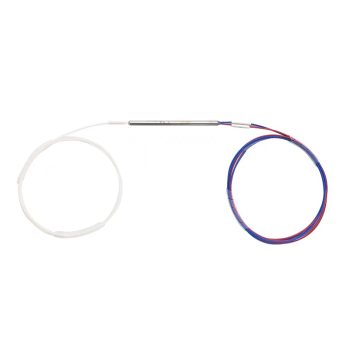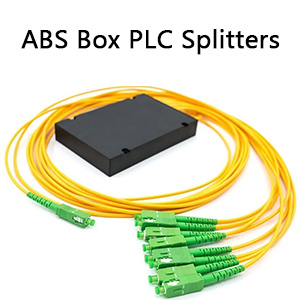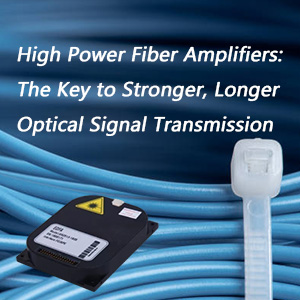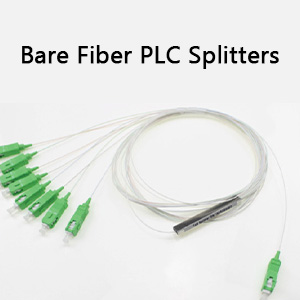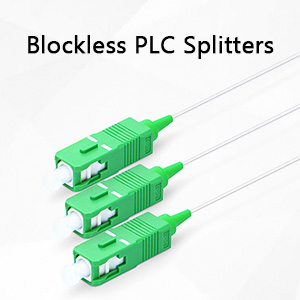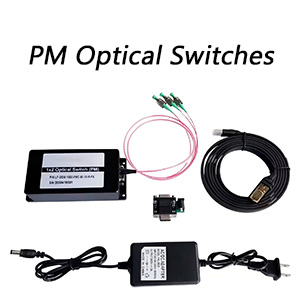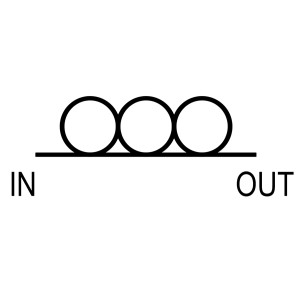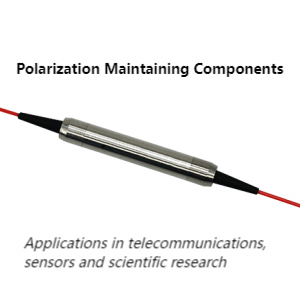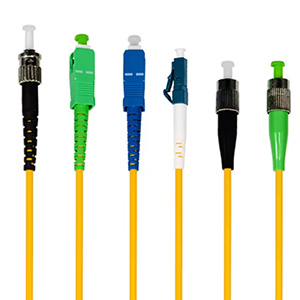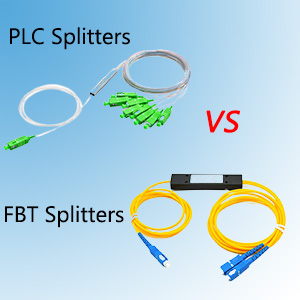In today’s fast-growing optical communication industry, boosting data transmission efficiency is more important than ever. One key technology that makes this possible is Wavelength Division Multiplexing (WDM). In this blog, we’ll focus on a widely used and cost-effective type: the 1×2/2×2 1310/1550nm Fused WDM. We’ll explain how it works, what makes it valuable, where it’s used, and why it’s a smart investment for your network.
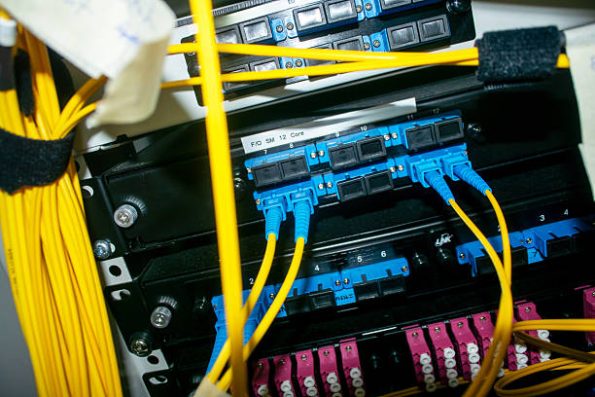
What Is a Fused WDM?
Fused WDM is a passive optical component that combines or splits light signals of different wavelengths (typically 1310nm and 1550nm) using a special fiber fusion technique. This component allows two signals to travel through a single fiber without interfering with each other.
Thanks to its compact size, low loss, and high reliability, it’s widely used in:
- Fiber optic communication systems
- CATV (cable TV)
- Optical sensors
- Passive Optical Networks (PON)
Understanding 1×2 vs. 2×2 WDM: What’s the Difference?
▍1×2 Fused WDM
A 1×2 WDM has one input and two outputs. It’s mainly used to combine (multiplex) or split (demultiplex) two wavelengths.
-
1×2/2×2 1310/1550nm Fused WDM
Price range: $183.42 through $226.13
For example:
- Combine a 1310nm and a 1550nm signal into one fiber
- Or separate them from one fiber into two outputs
▍2×2 Fused WDM
A 2×2 WDM has two inputs and two outputs. It supports bidirectional transmission, meaning signals can travel both ways. It’s useful for networks that need redundancy or more complex routing.
| Feature | 1×2 Fused WDM | 2×2 Fused WDM |
|---|---|---|
| Input Ports | 1 | 2 |
| Output Ports | 2 | 2 |
| Direction | One-way | Two-way |
| Network Complexity | Low | Medium to High |
| Redundancy Support | No | Yes |
How Does It Work?
The magic of Fused WDM lies in its fused biconic taper (FBT) technology. Here’s how it works:
- Two fibers are heated until they soften (fuse).
- They’re pulled (tapered) while fusing to form a narrow coupling region.
- In this region, light of different wavelengths behaves differently:
- One wavelength couples into the other fiber
- The other continues on the same path
By precisely controlling this process, engineers can separate or combine specific wavelengths without significant signal loss.
Key Performance Specifications
When choosing a Fused WDM, pay attention to the following parameters:
| Specification | Typical Value | What It Means |
|---|---|---|
| Operating Wavelength | 1310/1550 nm | Dual-window standard |
| Bandwidth | ±20 nm | Acceptable range |
| Insertion Loss | ≤0.8 dB (≤0.5 typ.) | Lower = better |
| Isolation | ≥40 dB | Higher = better separation |
| Return Loss | ≥50 dB | Lower signal reflection |
| Polarization Dependent Loss | ≤0.1 dB | Consistency across signals |
| Operating Temperature | -40 ~ +85°C | For tough environments |
Real-World Applications of Fused WDM
▍Fiber Communication Systems
Used in backbone networks to combine or split signals, making the most of a single fiber.
▍Passive Optical Networks (PON)
Separates uplink and downlink signals (e.g., 1310nm upstream, 1550nm downstream) for smoother fiber-to-the-home (FTTH) setups.
▍FTTH Deployments
Allows both internet and TV signals to share the same fiber line to a home or office.
▍CATV (Cable TV)
Used to deliver video over 1550nm, while separating it from internet signals.
Fused WDM vs. Other WDM Technologies
There are several types of WDM devices on the market. Here’s how Fused WDM compares:
| Type | Cost | Stability | Channels | Best For |
|---|---|---|---|---|
| Fused WDM | Low | High | Few (1–4) | FTTH, CATV |
| Thin-Film Filter WDM | Medium | Medium | Medium | Enterprise Networks |
| AWG/DWDM | High | Very High | Many (8+) | Data Centers |
Fused WDM strikes the perfect balance of cost, performance, and simplicity — ideal for entry-level or access network deployments.
Choosing the Right Fused WDM
▍Packaging Options
- Steel Tube: Strong protection, good for outdoor use
- ABS Box: Easier cable management, perfect for indoor racks
▍Connector Types
You can choose SC, LC, FC connectors or bare fiber ends for splicing.
▍Buying Tips
- Confirm your wavelength requirements (1310/1550nm)
- Choose the correct type: 1×2 for single direction, 2×2 for dual-way use
- Match the product to your application: FTTH, CATV, PON, etc.
Why Choose Fiber-Life for Fused WDM?
When it comes to sourcing quality Fused WDMs, Fiber-Life is a trusted global supplier. We offer a wide range of 1×2 and 2×2 1310/1550nm Fused WDMs, available in various package types and specifications.
Here’s why customers trust Fiber-Life:
- ✅ Low insertion loss & high isolation
- ✅ Steel Tube, ABS box, and custom packaging
- ✅ Fast delivery from global warehouses
- ✅ Custom solutions for bulk projects
Whether you’re building a new network or expanding your current one, Fiber-Life can help you get the components you need — on time and within budget.
Final Thoughts
Fused WDMs may look small, but they play a huge role in making modern optical networks more efficient and cost-effective. The 1×2/2×2 1310/1550nm Fused WDM in particular is perfect for dual-wavelength systems that require reliable and low-loss performance.
Looking for high-quality WDM components? Fiber-Life offers professional-grade 1310/1550nm Fused WDMs tailored for telecom, CATV, FTTH, and other optical applications. Explore our product line today to discover solutions that combine performance, affordability, and flexibility.
👉 Visit Fiber-Life.com to learn more!

